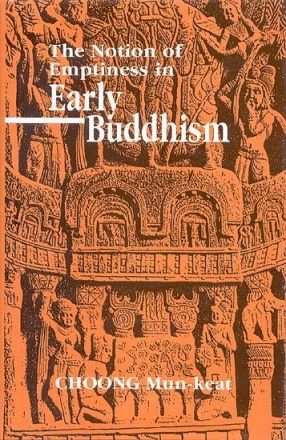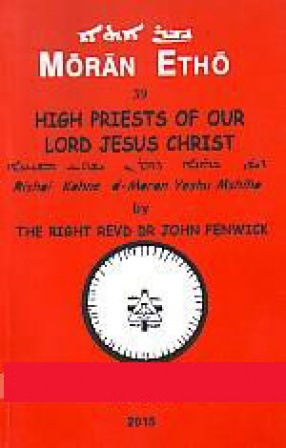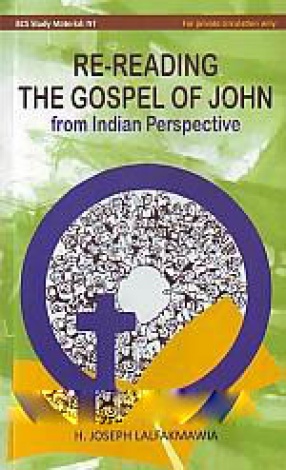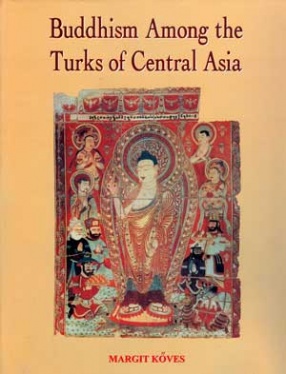This book investigates the teachings of emptiness in early Buddhism, as recorded in the Pali and Chinese versions of the early Buddhist canon. In general, the finding is that these two versions, although differently worded, record in common that the teachings of the historical Buddha are connected with emptiness (sunnatapatisamyutta). The notion of emptiness is mainly applied in the teachings of "empty of self-attachment" and "empty of the two extremes." By way of the wisdom of right view, leading to the highest peaceful state (nirvana), the mind can, in this very life, be fully liberated from (empty of) suffering, affliction, and distress. Having shown that the emptiness-teachings are common to the Pali and Chinese versions, the author concludes that the notion of emptiness had arisen already in the period of the early Buddhist sutras, and was not simply a creation of the Mahayana.
The general reader, with little or no prior knowledge of Buddhism, can discover in this book how early Buddhism provides a vision and a method to help in overcoming the ills of the mind.





There are no reviews yet.